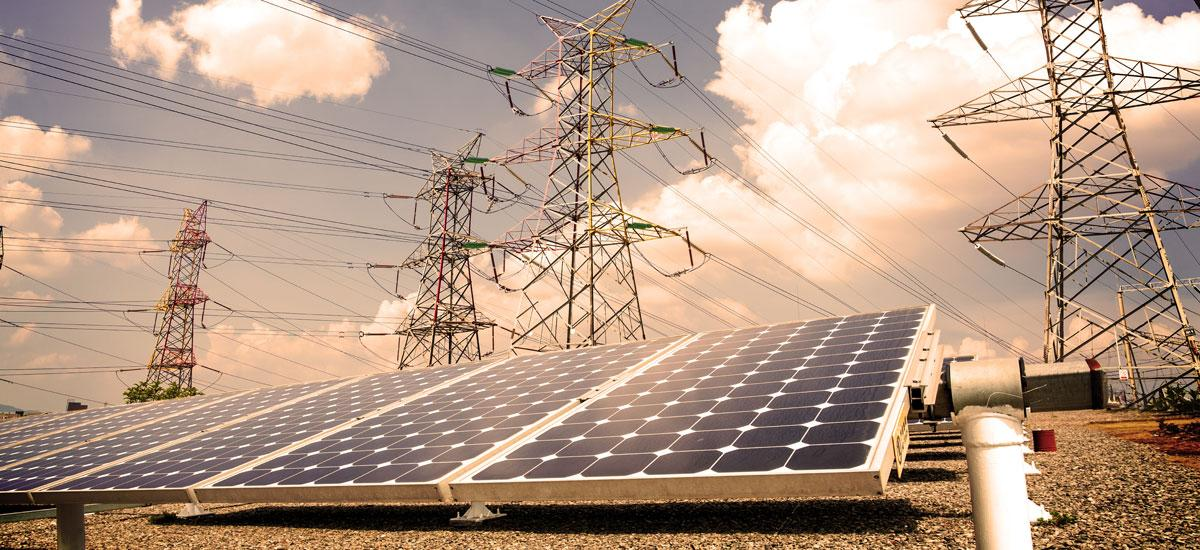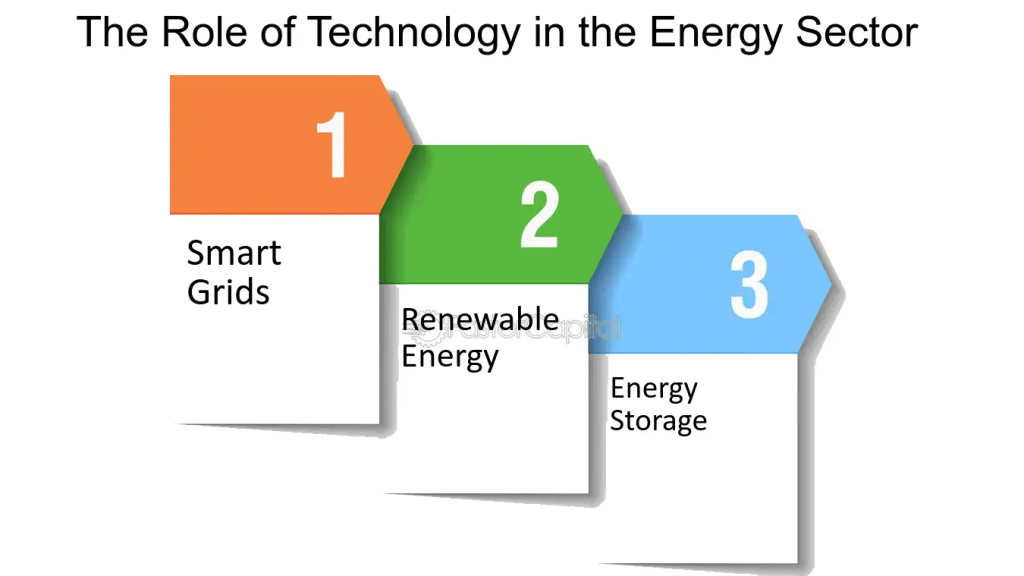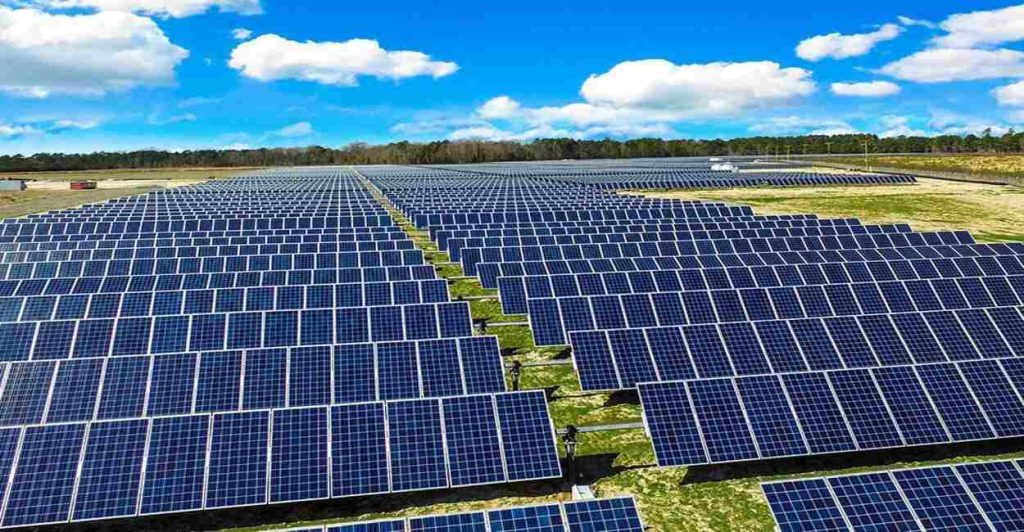Alternative energy technology refers to renewable sources of energy that are environmentally friendly and sustainable. These energy sources include solar, wind, hydroelectric, geothermal, and biomass, among others. Unlike fossil fuels, which are finite and produce harmful emissions, alternative energy technologies harness natural resources that are constantly replenished.
Alternative energy is crucial today due to its positive impact on the environment and economy. It reduces greenhouse gas emissions, improving air and water quality. Economically, it offers long-term cost savings, creates jobs, and promotes energy independence. With advancements in technology, alternative energy is becoming more accessible and efficient.
Table of Contents
Environmental Advantages
The shift towards alternative energy technology is more than a trend. As we face pressing environmental challenges and the finite nature of traditional fossil fuels, the importance of embracing renewable energy sources becomes clear. Alternative energy technologies offer not just a cleaner way to power our lives but also a pathway to a more sustainable future for our planet and future generations.
Reduction of Greenhouse Gas Emissions
Solar and wind power produce electricity without emitting harmful gases like carbon dioxide (CO2). Fossil fuels release CO2 when burned, contributing to global warming. By using alternative energy, we lower CO2 levels, helping to slow down climate change. This reduction in greenhouse gases also decreases the risk of extreme weather events.
Impact on Air and Water Quality
Traditional power plants release pollutants such as sulfur dioxide and nitrogen oxides. These pollutants lead to smog, acid rain, and health issues. Alternative energy sources produce electricity without these pollutants. Cleaner air improves respiratory health and reduces the risk of diseases like asthma. Without pollution runoff, water bodies remain cleaner for drinking and aquatic life.
Preservation of Natural Resources
Fossil fuels are finite resources that take millions of years to form. Extracting and burning these fuels harms the environment. Alternative energy sources, such as sunlight and wind, are renewable and abundant. Using renewables decreases our reliance on finite resources like coal and oil. This helps conserve these resources for future generations and protects natural habitats from destruction.
Economic Benefits
Alternative energy technology offers significant economic benefits that contribute to long-term prosperity and stability.
- Cost Savings in the Long Run: Investing in alternative energy initially may require capital, but it pays off in the long term. Renewable sources like solar and wind have no fuel costs, leading to stable energy prices. This stability shields consumers from price fluctuations in fossil fuels.
- Job Creation and Economic Growth: Alternative energy industries create jobs in manufacturing, installation, and maintenance. These sectors employ a diverse workforce, from engineers to technicians. Stimulating these industries also boosts local economies and fosters innovation.
- Energy Independence and National Security: Relying on renewable energy sources reduces dependence on foreign oil. Countries can produce their energy, enhancing security and stability. It lessens vulnerability to geopolitical conflicts and disruptions in the global oil market.
- Innovations and Export Opportunities: Investment in alternative energy fosters technological advancements. These innovations can be exported, creating revenue and establishing leadership in the global market. Exporting renewable energy technology also promotes diplomacy and international cooperation.
Technological Advancements
alternative energy means embracing a wave of technological progress that is shaping the future of energy production.
- Innovations in Solar Power: Solar panels are now lighter, more flexible, and easier to install. New materials like perovskite promise higher efficiency at lower costs. Solar farms are expanding, providing clean energy on a large scale.
- Developments in Wind Energy: Wind turbines are getting taller to reach stronger, more consistent winds. Offshore wind farms take advantage of vast wind resources at sea. Improved blade designs and control systems boost energy capture.
- Progress in Geothermal and Hydroelectric Power: Geothermal technology taps into the Earth’s natural heat for electricity. Advanced drilling techniques make geothermal more feasible in diverse locations. New hydroelectric dams are designed with fish-friendly turbines and environmental considerations.
- Energy Storage Solutions: Batteries are becoming more efficient and affordable for storing solar and wind power. Grid-scale storage systems ensure a steady supply of renewable energy. Home battery systems allow individuals to store excess energy for later use.
- Smart Grids and Digitalization: Smart grids use sensors and real-time data to optimize energy distribution. Digital technologies enable consumers to monitor and adjust their energy usage. These systems reduce waste and improve the overall efficiency of energy delivery.
- Biogas and Biomass Innovations: Biogas plants convert organic waste, like food scraps, into usable energy. Biomass facilities turn agricultural residues and wood waste into biofuels. These methods provide renewable energy while reducing landfill waste and carbon emissions.
Social Implications
The shift towards alternative energy technologies not only brings environmental and economic benefits but also has profound effects on society.
Access to Energy in Remote Areas
Renewable energy allows off-grid communities to access electricity. Solar panels and small wind turbines provide power in remote regions. This improves quality of life and opens opportunities for education and healthcare.
Improvement in Public Health
Reduced air pollution from alternative energy leads to better health outcomes. Cleaner air means fewer respiratory illnesses and cardiovascular diseases. Healthier communities have lower healthcare costs and improved well-being.
Empowerment of Communities
Local renewable energy projects empower communities to take control of their energy sources. Community-owned solar or wind farms create jobs and income. This fosters a sense of ownership and strengthens community resilience.
Education and Innovation
Embracing alternative energy encourages education in STEM fields (Science, Technology, Engineering, and Mathematics). Schools and universities can implement renewable energy programs. Innovation in clean energy technologies inspires the next generation of inventors and problem solvers.
Equity and Social Justice
Renewable energy promotes equity by providing affordable energy solutions. Low-income households benefit from reduced energy costs through solar and efficiency programs. This helps address energy poverty and contributes to a more just society.
Climate Change Mitigation and Adaptation
Alternative energy is a key tool in combating climate change. Communities are more resilient to climate impacts with clean energy systems. By reducing carbon emissions, we protect vulnerable populations from the worst effects of climate change.
Challenges and Solutions
While alternative energy technology offers many benefits, there are challenges to overcome.
Intermittency of Renewable Sources
- Challenge: Solar and wind power are intermittent, depending on weather conditions.
- Solution: Energy storage systems, like batteries, store excess energy for when the sun isn’t shining or the wind isn’t blowing. Grid-scale integration and smart grids balance supply and demand in real-time.
Storage Solutions
- Challenge: Energy storage technologies need to be more efficient and cost-effective.
- Solution: Research and development are focused on improving battery storage capacity and lifespan. Pumped hydroelectric storage and other innovative storage methods are being explored.
Infrastructure Upgrades
- Challenge: The current grid infrastructure may not support widespread adoption of renewable energy.
- Solution: Investments in grid modernization to accommodate two-way energy flow and decentralized generation. Microgrid development for local energy resilience and reduced reliance on centralized grids.
Policy and Regulatory Hurdles
- Challenge: Inconsistent policies and regulations hinder renewable energy growth.
- Solution: Governments can implement clear and stable policies, such as tax incentives and renewable energy standards. Streamlining permitting processes for renewable energy projects to reduce barriers.
Cost Competitiveness
- Challenge: Initial costs of renewable energy technologies can be higher than fossil fuels.
- Solution: Continued research and development to lower costs and increase efficiency. Long-term economic benefits, such as job creation and reduced health costs, outweigh initial investment.
Public Perception and Education
- Challenge: Some may be hesitant to embrace new energy technologies due to lack of awareness or misconceptions.
- Solution: Education and outreach programs to inform the public about the benefits and safety of renewable energy. Showcasing successful case studies and community benefits to build support and trust.
Conclusion
Alternative energy technology stands out as a promising solution. It brings cleaner air, less pollution, and helps fight climate change by reducing greenhouse gases. With solar, wind, and other renewables, we can save money in the long run and create new jobs. These technologies are getting better every day, becoming more efficient and affordable.
But challenges like storing energy and updating our infrastructure remain. We need to work together to find solutions. Despite the initial costs, the benefits of renewable energy are clear: energy independence and a healthier planet.








Pingback: How Has Technology Benefited Energy Production